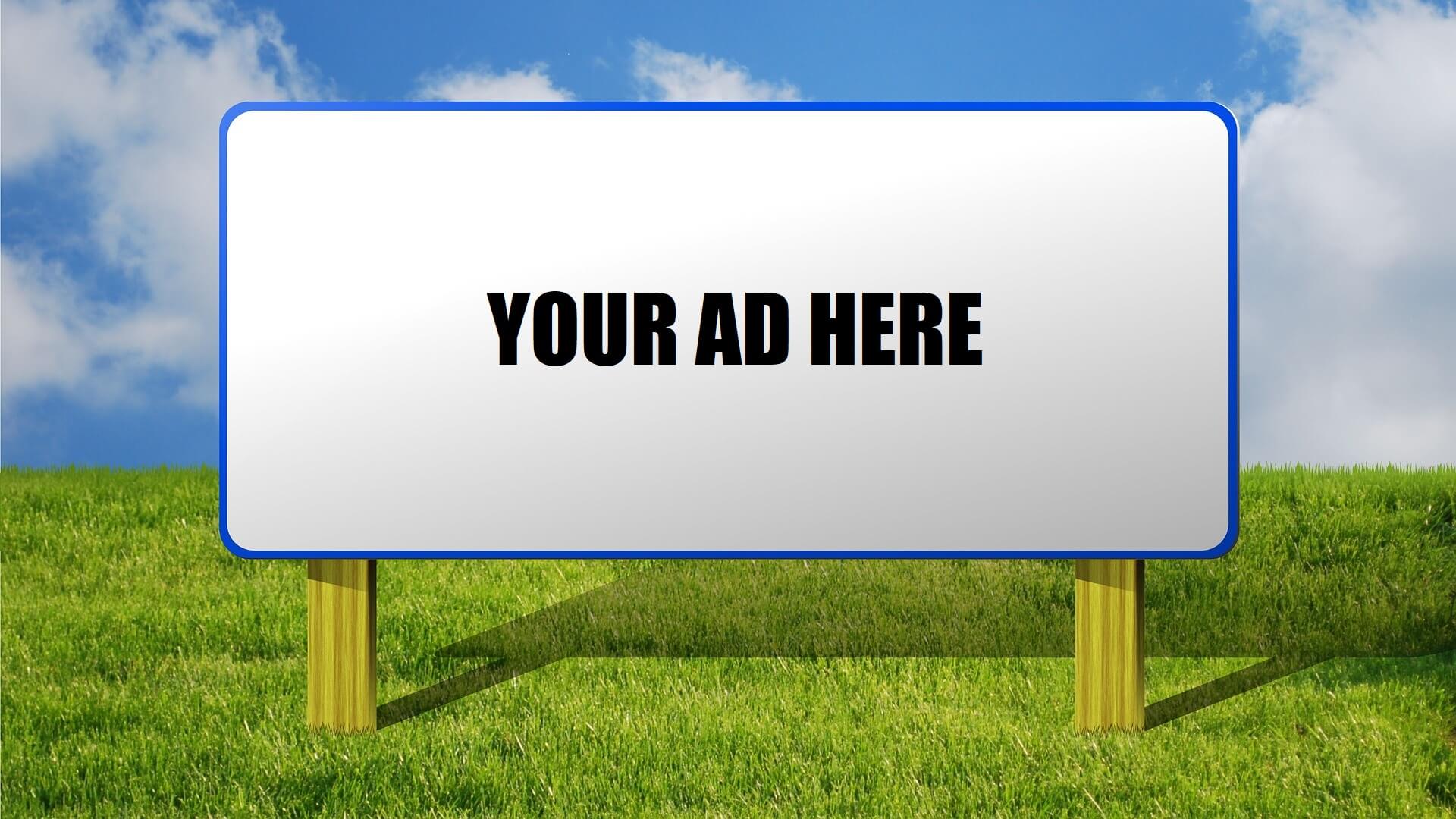A reality check for smaller and medium sized companies
The field of marketing has the image of being kind of sexy and fun. People tend to think of viral YouTube videos and Super Bowl ads. But when business execs get into the weeds of marketing, they quickly discover it’s not as fun – or easy – as it might seem. What’s more, when efforts are guided by misconceptions about marketing, the result is disappearing dollars with little to show for it.
In my 13 years of consulting with CEOs (and 30+ in Marketing) in all sorts of business categories, including construction and related industries, I keep encountering the same misconceptions time after time. If you suspect you’re harboring some misguided notions about marketing, take comfort in the fact that you’re in good company.
In a series of blogs, we’ll take a look at the most common marketing myths even the most experienced CEOs are susceptible to, starting with the most common of them all – “All I need is an ad.”
Myth #1: I need a new ad.
Busted: The first thing you need is a marketing plan and strategy.
When a CEO says, “I need a new ad,” I always ask, “What is your marketing strategy?” Far more often than not there is none.
Without a strategy, it’s impossible to know whether a new ad (or a new fill-in-the-blank) will accomplish what the company wants. It might work, or it might be a waste of time and money.
Developing a strategy always starts with specifying the result you want, then identifying ways of achieving that result.
Let’s say you want to increase sales by 8%; this is your desired result.
Now, what are some of the ways you could increase sales? For simplicity, we’ll break it down into two scenarios.
Scenario 1– Targeting New Customers: 75% of sales will come from new customers, and 25% from increased business from existing customers.
Scenario 2– Targeting Existing Customers: 75% of sales will come from increased business from existing customers, and 25% from gaining new customers.
Although the desired result is the same, these two scenarios have different primary targets and objectives, and because of that they require different approaches.
Where your primary target is new customers (scenario 1), you want to increase awareness of your product or service. Appropriate communications would be ads, public relations, direct mail, and email blasts that speak to this audience. A second communication objective could be to encourage customer referrals. In this case your target is still new customers, but you would be communicating with existing customers about your referral program.
For scenario 2, where your primary target is current customers, you see why you need a different approach: This group already knows you. Your communication objectives could be to educate about new products and services or to promote add-ons and upgrades. Direct mail, e-newsletters, and your customer portal all great vehicles for reaching this audience for this particular purpose. You probably also see why the last thing you would need is an ad.
Truth Be Told
Marketing is a mix of science, art, and trial and error. And, yes, it can be fun, but it’s hardly ever easy, and it’s never something a person just intuitively knows how to do. It’s also an important part of any growing company, and doing it right takes knowledge and experience.
Look for our next blog – Marketing is about great pictures and clever copy – Myth #2 in our marketing myth busted series.



